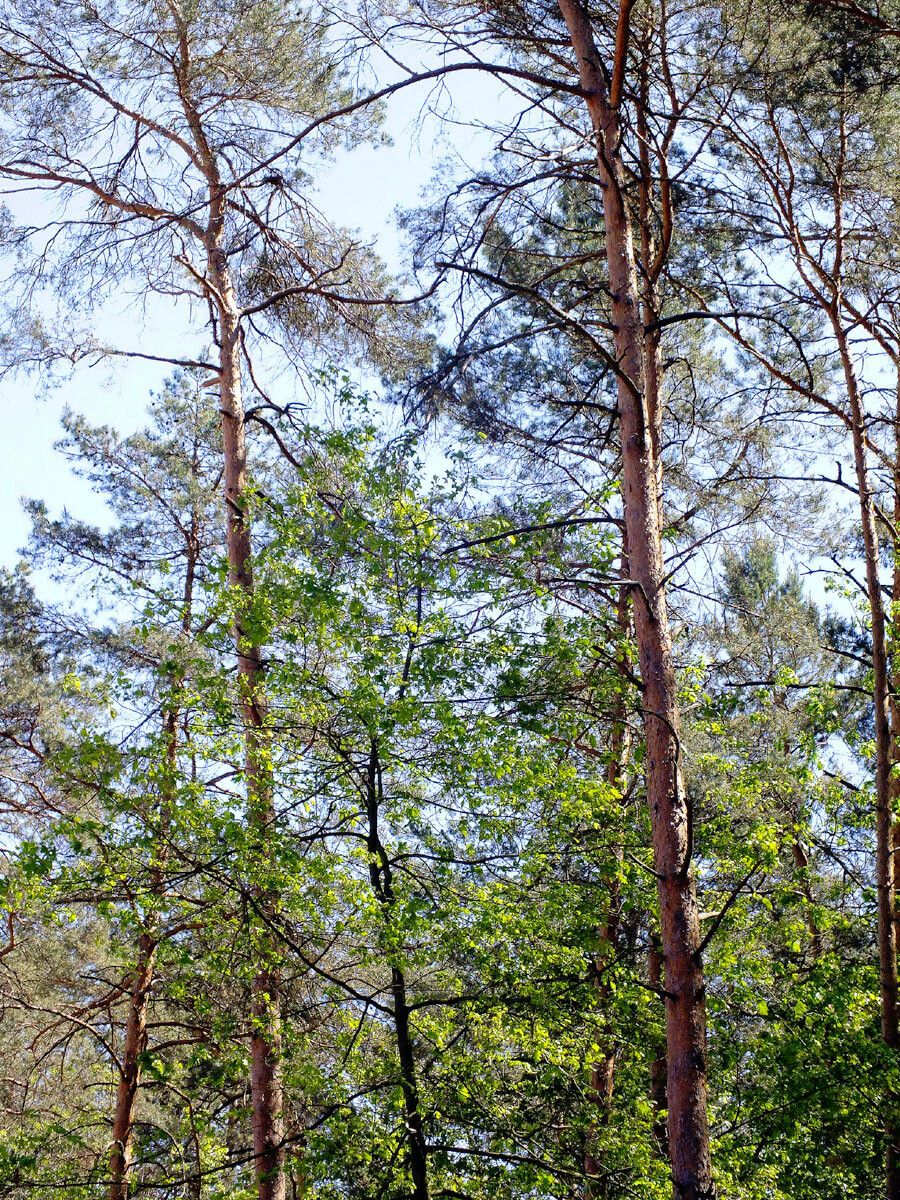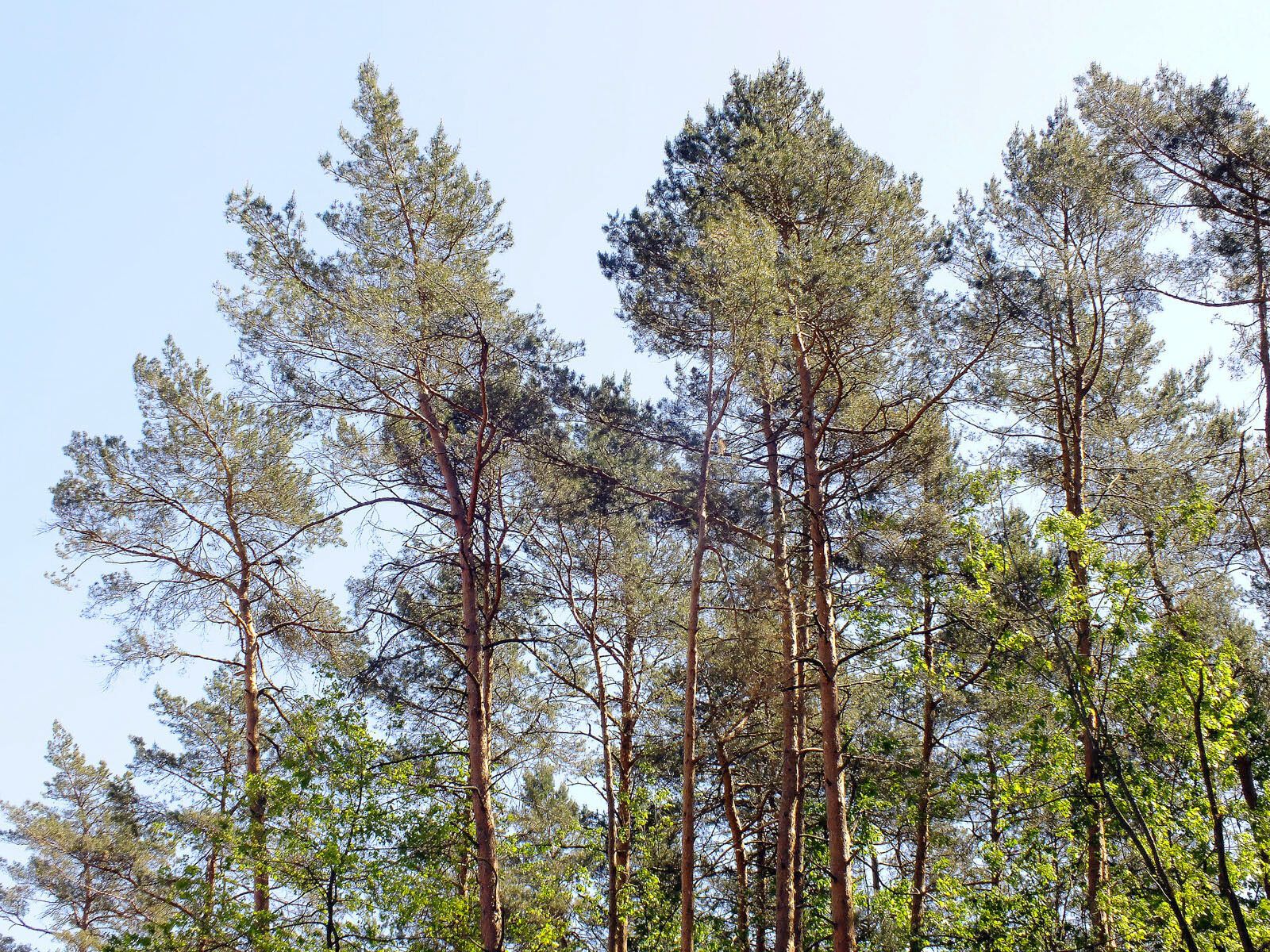Observació
Determinació
Proposed determination
Nom probable (Nom enviat)
100 %Confidence score
Suggest another determination
You don’t agree with the suggested species but don’t have another suggestion
Comentaris
Dades addicionals
Data de creació
15 maig 2024
Revisat per últim cop
15 maig 2024
Grotniki, near Łódź
Native to northern Europe, ranging from Western Europe to Eastern Siberia, south to the Caucasus Mountains and Anatolia, and north to well inside the Arctic Circle in Fennoscandia.
Edible plant - inner bark dried and ground into a powder and used in making bread, it is often mixed with oatmeal, a famine food, it is only used when all else fails.
Herbal plant - the turpentine obtained from the resin is antirheumatic, antiseptic, balsamic, diuretic, expectorant, rubefacient and vermifuge; the leaves and young shoots are antiseptic, diuretic and expectorant; the essential oil from the leaves is used in the treatment of asthma, bronchitis and other respiratory infections, and also for treating digestive disorders; an essential oil obtained from the seed has diuretic and respiratory-stimulant properties; a decoction of the seeds can be applied externally to help suppress excessive vaginal discharge.
Useful plant - trees are very wind resistant and quite fast growing, used to stabilize dunes and in shelterbelts; a tan or green dye is obtained from the needles; a reddish yellow dye is obtained from the cones.
Shared in
Grups (16)







